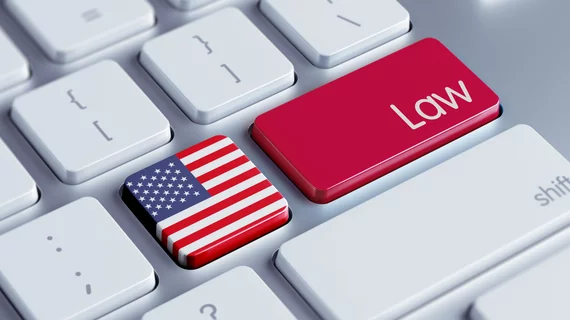Feds drop surprise-billing rule, prompting fears new dispute-resolution process will tip scales in insurers’ favor
The administration dropped an anticipated rule Thursday, detailing how it plans to settle payment disputes to prevent patients from receiving surprise medical bills, and providers are not happy about it.
Under the proposal, insurers and radiologists or other physicians would have 30 days to negotiate the out-of-network rate for a service. If they fail, the rule employs a baseball-style arbitration process, using an independent third party to determine the payment amount.
But providers believe the proposed process places too much weight on the “qualifying payment amount” — generally, the insurer’s median contracted rate for the same or similar service in the geographic area. When beginning dispute resolutions, arbitrators would start with the presumption that the QPA is the appropriate out-of-network figure.
“Making a health plan’s calculated ‘qualifying payment amount’ — which does not reflect real world payment rates — the primary factor in independent dispute resolution arbitration will cause large imaging cuts and reduce patient access to care, regardless of their insurer,” Howard Fleishon, MD, chair of the American College of Radiology’s Board of Chancellors, said in a statement.
Congress authorized the “No Surprises Act” as part of a year-end spending bill in December. But ACR and others believes Thursday’s interim final rule violates lawmakers’ original intent and “shatters a rare bipartisan, industrywide agreement for equitable provider-insurer dispute resolution.” Fleishon said the college plans to work with other provider groups and federal agencies “to bring regulatory implementation in line with what the new law actually demands.”
Others such as the American Hospital Association also blasted the announcement, calling it a “windfall” for payers. “The rule unfairly favors insurers to the detriment of hospitals and physicians who actually care for patients,” said Executive VP Stacey Hughes. Chip Kahn, president and CEO of the Federation of American Hospitals, labeled the rule a “total miscue” that “puts a thumb on the scale benefiting insurers against providers.”
After starting negotiations with the qualifying payment amount, providers can submit additional information for consideration. But for the arbitrator to deviate from the payer-established amount, this info “must clearly demonstrate that the value of the item or service is materially different from the QPA,” the feds said in a fact sheet. Absent any additional materials, the independent mediator must select the payment offer closest to the QPA.
The 520-page rule outlines a slew of other measures to rein in surprise medical bills. Those include requirements for providing healthcare cost estimates to uninsured patients, a payment dispute-resolution process for them, too, and additional protections to help those on commercial plans challenge denied payments.
“No one should have to go bankrupt over a surprise medical bill,” Health and Human Services Secretary Xavier Becerra said in a statement. “With today’s rule, we continue to deliver on President Biden’s Competition Executive Order by promoting price transparency and exposing inflated healthcare costs.”
The Biden administration released another interim final rule on surprise billing in July, outlining other aspects of the ambitious endeavor. These rules are slated to take effect Jan. 1, but the feds are accepting feedback for 60 days following the rule’s planned Oct. 7 publication in the Federal Register. Radiology business leaders in September urged the administration to postpone the No Surprises Act’s implementation by a year, due to the ongoing pandemic.

